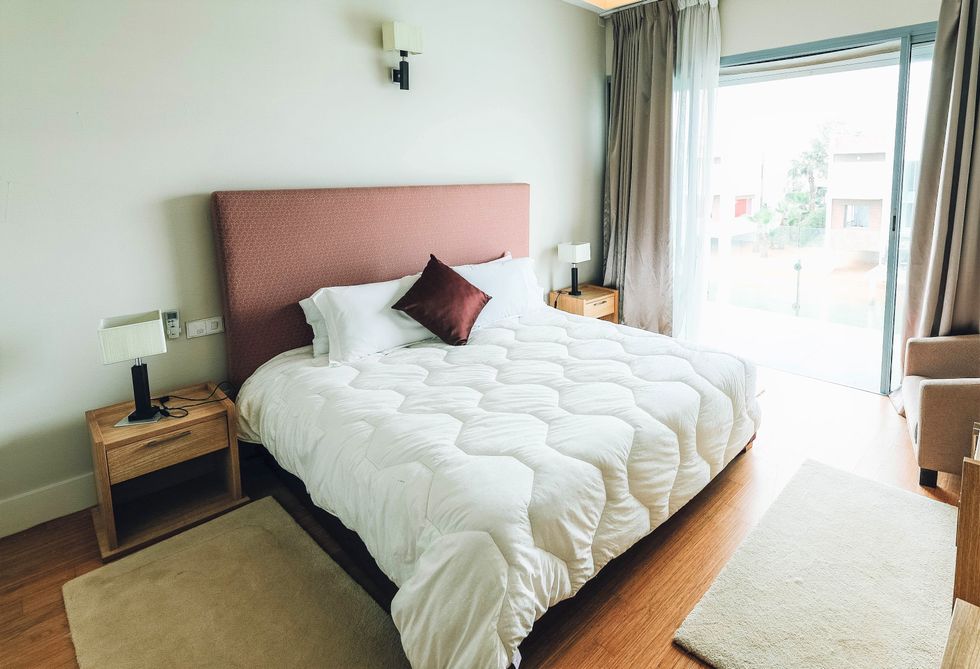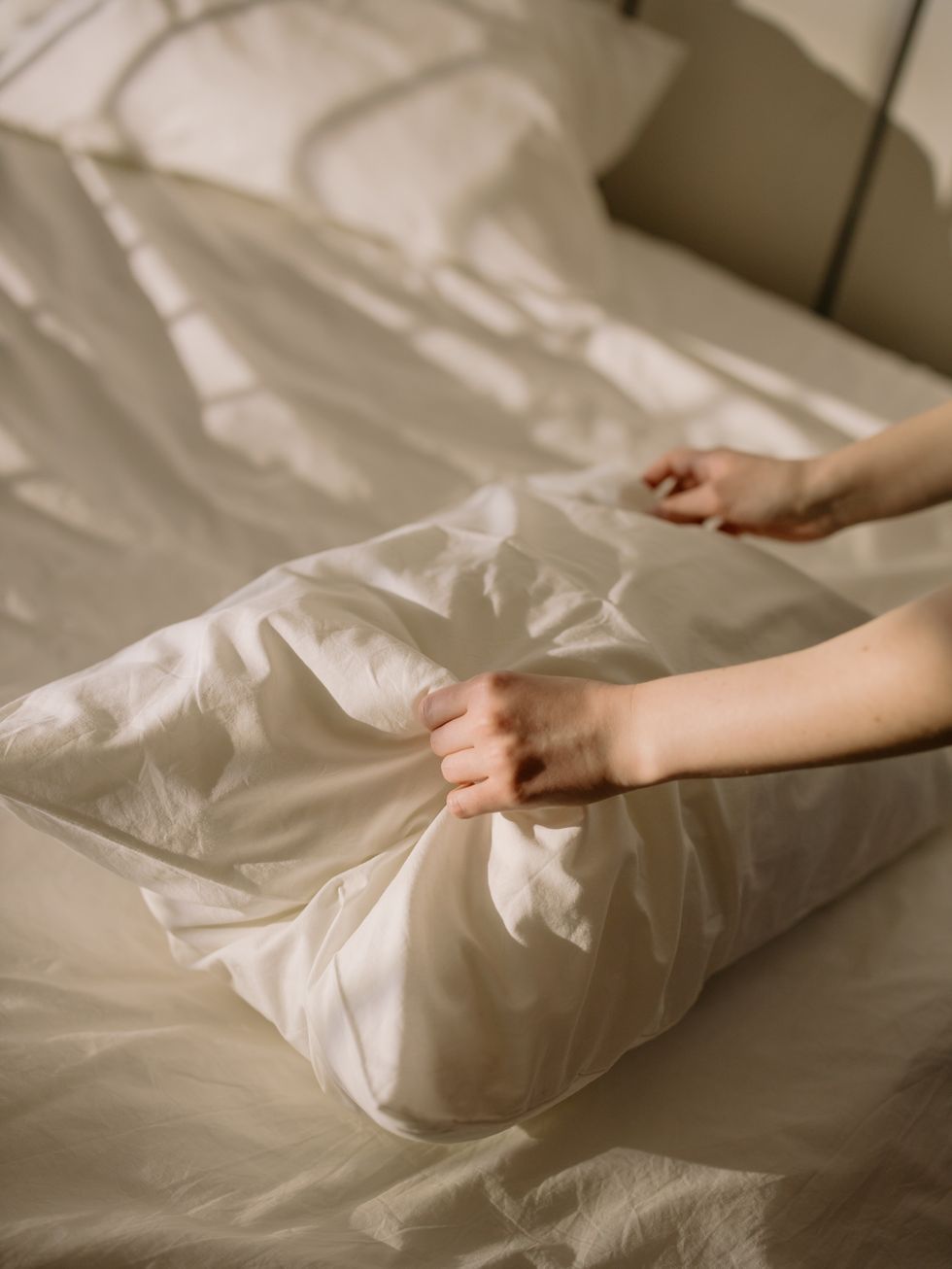How to get rid of bed bugs as epidemic hits the UK - the 'best method to avoid infestations'

Bed bugs can be difficult to spot in the home
Bed bugs can cause skin to become itchy and break out in rashes
Don't Miss
Most Read
Trending on GB News
An epidemic of bed bugs has hit the UK as pest control company Rentokil reported a whopping 65 per cent rise in bed bugs in the last year.
Bed bugs are difficult to spot but there are some ways to ensure your home is protected.
Speaking to GB News, pest expert at NOPE! Jonathan Kirby first explained how to spot bed bugs at your home.
He said: "Bed bugs love to hide in small, dark areas. That’s why it’s so important to regularly clean items in the home, as well as regularly check for signs of bed bugs. Bed bugs are nocturnal, so try looking at night if you want to catch them crawling across your mattress.

An expert shared how to get rid of the pests
PEXELS
"Also look out for noticeable marks on the body such as flat, red spots in lines or clusters; blisters that may itch; red rashes and small areas of pronounced bleeding on the skin. Bed bugs go for exposed skin, so cover up to lower the risk if you suspect an infestation.
"On the bed itself, watch out for clusters of dark, dotted stains on sheets, mattresses, bed frames and nearby areas. Musty and mouldy smells, bug shell casings and of course, live/dead bed bugs, are all indications you may have a problem too."
Jonathan added bed bugs are more likely in the months of August and September.
If you've found signs of pests, there are four key ways to eradicate infestations.
How to get rid of bed bugs
Wash at high temperature
He said: "Shake all bedding and clothes outside of the home to remove eggs, moulted casings and dead bed bugs. Then, wash all bedding and clothes affected at a high temperature of over 60°C."
Clean the surrounding areas
"Vacuum all areas of suspected bed bug activity, including along mattress edges, under and around beds, and use a coarse brush to get rid of debris," Jonathan added.
"Bed bugs can escape the kitchen bin, so immediately empty the vacuum cleaner and remove its contents from the home. Don’t forget to reach skirting boards or anywhere bed bugs could be hiding such as luggage. Start at the furthest edge of known bed bug activity and work inwards - this also helps minimise the accidental spread of bed bugs elsewhere in the home."
Treat the area
"Once the cleaning steps are done, apply a bed bug killer to mattresses, furnishings and furniture to eradicate living bed bugs and prevent re-infestation for up to three months. Bed bugs hide inside cracks and gaps so ensure to spray those areas. Choose one that kills bugs quickly, while remaining safe for home use."
Prevention
The expert said: "The best method to avoid infestations is prevention. Make sure to regularly vacuum mattresses and bedding, paying particular attention to seams and corners, and repair cracks in walls, skirting boards and any small defect a bed bug could infest. Additionally, before bringing items into your home like second-hand furniture and holiday clothing, check for signs of bed bugs."
LATEST DEVELOPMENTS

Washing bedding on a high temperature can help get rid of bed bugs
PEXELS
So, how do bed bugs get into the homes of Britons? Jonathan explained they are often carried in after a holiday or when buying second hand furniture.
He said: "Bed bugs are incredibly resilient, and you get them by unwittingly bringing them into the home. Unlike other pests like ants, though, it’s highly unlikely that they’d venture in through open windows or doors, so don’t worry about this during hotter weather.
"Instead, they’re likely to enter by being carried on objects like bedding, furniture, clothing and luggage that you bring into your home.
"In the summer months in particular, when families come back from holidays abroad, bed bugs can be transmitted far easier.
"In fact, we found that 60 per cent of Brits don’t wash all their clothes they took away with them on vacation and 75 per cent don’t clean their luggage either – so infestations can set in once a family is back from their summer break."








